
Question and Answers Forum
Question Number 89805 by jagoll last updated on 19/Apr/20
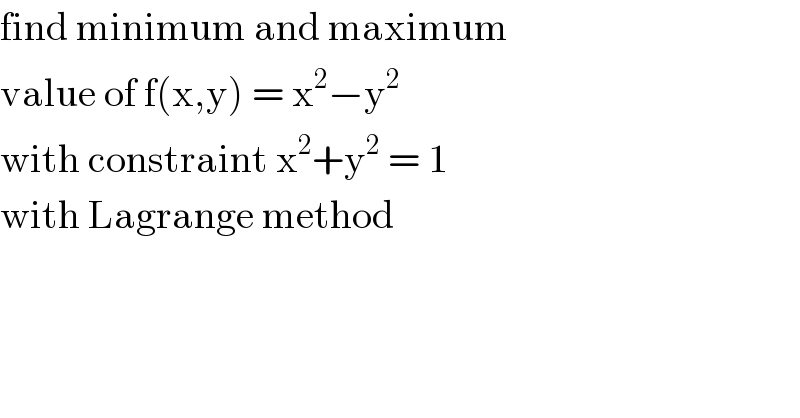
Commented by john santu last updated on 19/Apr/20
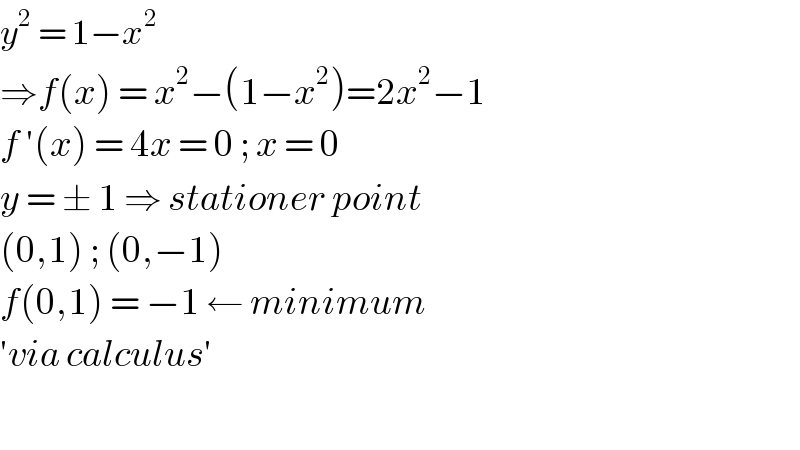
Commented by mr W last updated on 19/Apr/20
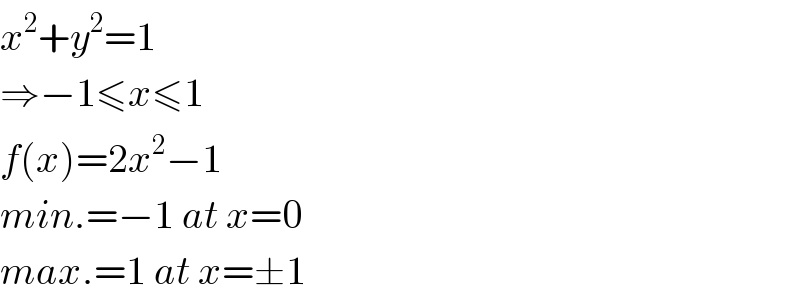
Commented by jagoll last updated on 19/Apr/20

Answered by mr W last updated on 19/Apr/20
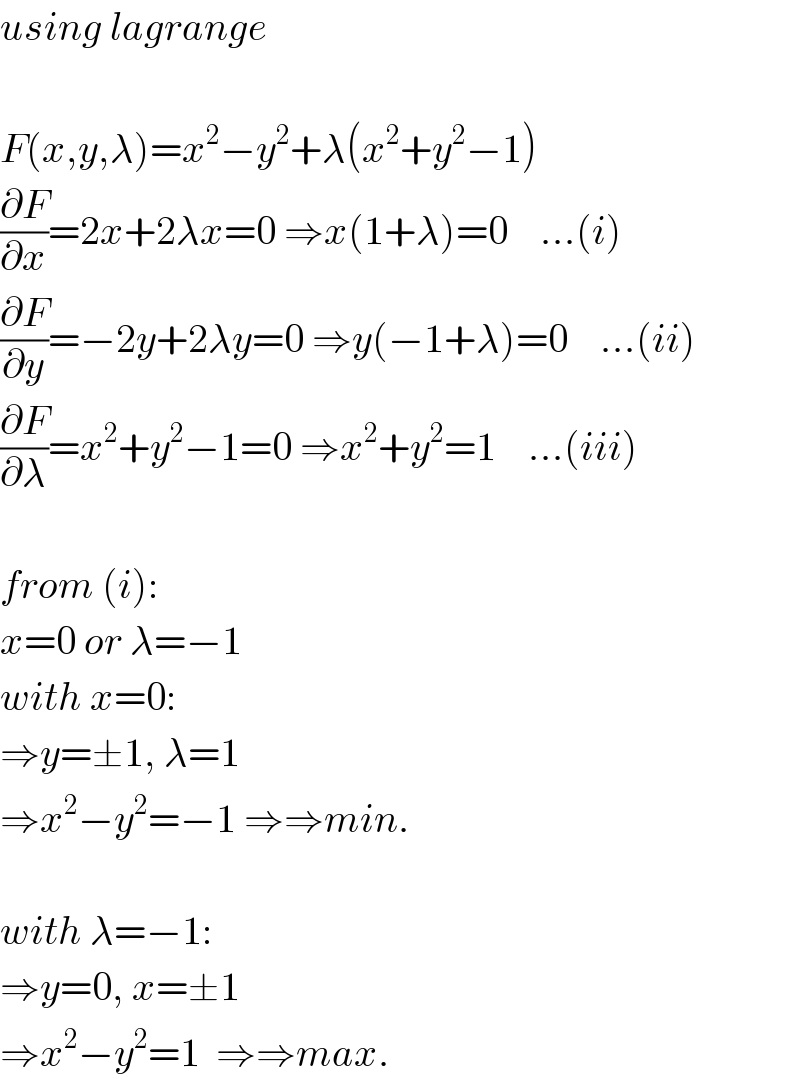
Commented by jagoll last updated on 19/Apr/20
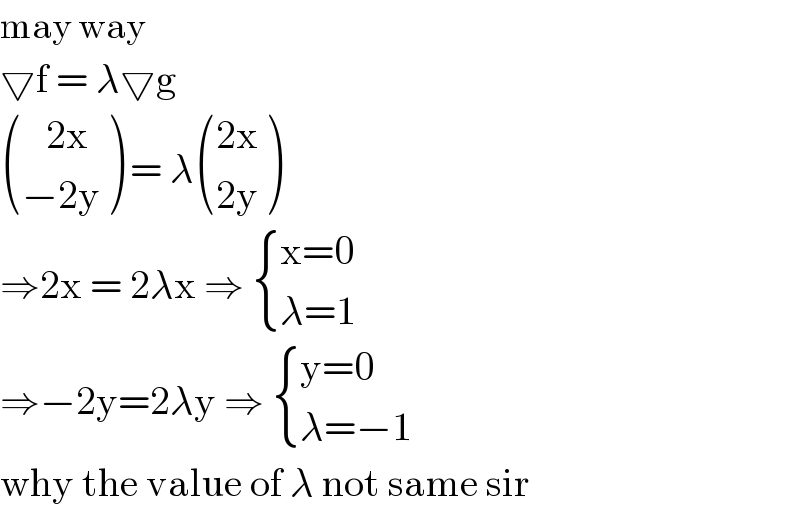
Commented by mr W last updated on 19/Apr/20

Commented by mr W last updated on 19/Apr/20

Commented by jagoll last updated on 19/Apr/20

